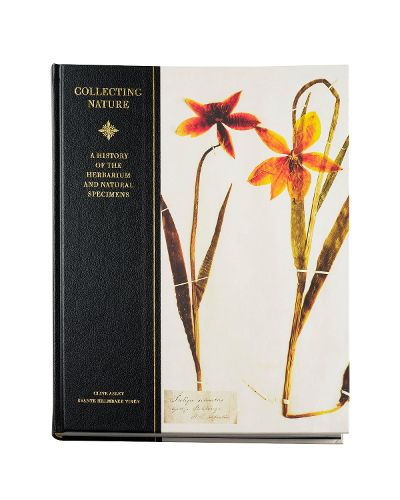Readings Newsletter
Become a Readings Member to make your shopping experience even easier.
Sign in or sign up for free!
You’re not far away from qualifying for FREE standard shipping within Australia
You’ve qualified for FREE standard shipping within Australia
The cart is loading…






The history of collecting natural history specimens touches upon many aspects of our past. The fascination with nature was at least as important for its view of humanity as for science.
One telling example is the Timm Collection at Engelsberg Ironworks, created by the ironworks proprietor Gabriel Casper Timm and his son Paul August in the nineteenth century. Throughout their lives, they devoted much of their leisure time to collecting plants, insects, minerals and other treasures of nature. Some came from near their home in Vastmanland, Sweden, while others were collected from across Scandinavia. Father and son were in close contact with collectors and scientists and at the same time built up a library consisting of volumes on natural science along with books on spirituality and faith. Ultimately, collecting natural history specimens reflected a kind of wonder about creation.
The book places the Timm Collection in a larger context so that the reader encounters other collectors, thinkers and scientists of the eighteenth and nineteenth centuries. In the book, a picture is created of how the world of ideas in collecting has developed and continues to influence us even today.
$9.00 standard shipping within Australia
FREE standard shipping within Australia for orders over $100.00
Express & International shipping calculated at checkout
The history of collecting natural history specimens touches upon many aspects of our past. The fascination with nature was at least as important for its view of humanity as for science.
One telling example is the Timm Collection at Engelsberg Ironworks, created by the ironworks proprietor Gabriel Casper Timm and his son Paul August in the nineteenth century. Throughout their lives, they devoted much of their leisure time to collecting plants, insects, minerals and other treasures of nature. Some came from near their home in Vastmanland, Sweden, while others were collected from across Scandinavia. Father and son were in close contact with collectors and scientists and at the same time built up a library consisting of volumes on natural science along with books on spirituality and faith. Ultimately, collecting natural history specimens reflected a kind of wonder about creation.
The book places the Timm Collection in a larger context so that the reader encounters other collectors, thinkers and scientists of the eighteenth and nineteenth centuries. In the book, a picture is created of how the world of ideas in collecting has developed and continues to influence us even today.